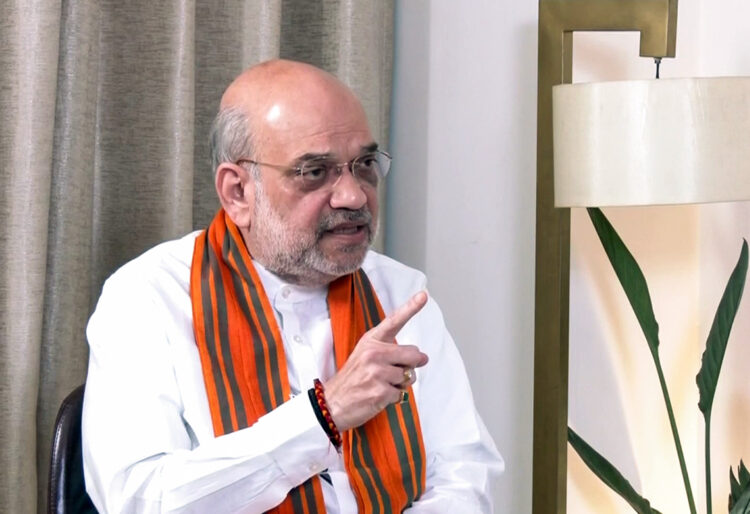Union Home Minister Amit Shah has highlighted the significant increase in voter turnout in Srinagar as a testament to the success of the abrogation of Article 370. Shah pointed out that voter participation in the Srinagar constituency of Jammu and Kashmir has risen from 14 percent in the past to nearly 40 percent.
“I would like to tell those who raise questions on the abrogation of Article 370 that the rise in voter turnout from 14 percent in the past to 40 percent in Srinagar is the greatest testament to the success of the decision,” Shah said.
Shah noted that while people in the Kashmir Valley used to call for election boycotts, this year saw significant participation from voters, including those from extremist groups. “All leaders of extremist groups voted. It does not matter to whom they vote. That is their right. But at least, they were part of the democratic process. Earlier, slogans were shouted to boycott elections. Today, elections were held peacefully,” he stated.
The Union Minister also emphasized the peaceful nature of the recent elections, mentioning that there was no instance of violence in Srinagar. “Not even a baton was wielded. There was no instance of rigging. And voting was held patiently, with no instance of violence from any political party. This shows that change is visible,” Shah remarked.
Additionally, Shah highlighted the increased participation of displaced Kashmiri Pandits in the electoral process. “For the first time, more than 40 percent of the displaced Kashmiri Pandits voted in the elections. Till today, the figure had never crossed 3 percent. This shows that people are now confident of themselves and believe in democracy,” he said.
According to the Information and PR Department of the Union Territory of Jammu and Kashmir, the Srinagar constituency, which saw the first general election after the abrogation of Article 370, recorded a voter turnout of 37.99 percent. This marks the highest voter turnout in several decades. Historical voter turnout figures for Srinagar were 40.94 percent in 1996, 30.06 percent in 1998, 11.93 percent in 1999, 18.57 percent in 2004, 25.55 percent in 2009, 25.86 percent in 2014, and 14.43 percent in 2019.

















Comments